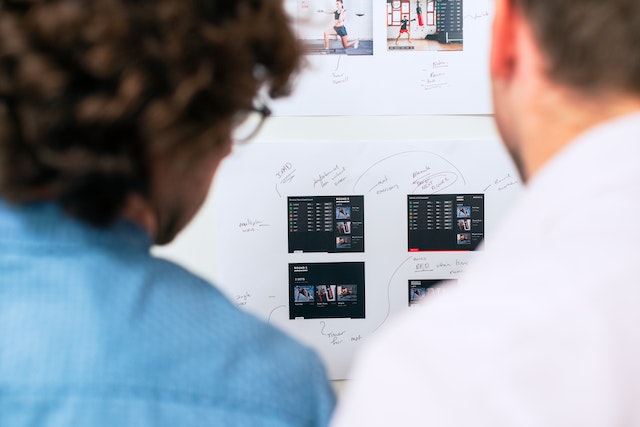
GUEST POST from Chateau G Pato
Design Thinking is a human-centered approach to innovation that draws from the designer’s toolkit to integrate the needs of people, the possibilities of technology, and the requirements for business success. It’s a mindset that helps organizations to think more creatively and to behave in a more user-centric way. Below, we explore two case studies that demonstrate the successful implementation of Design Thinking in organizations.
Case Study 1: The Guardian Newspaper
The Challenge: The Guardian faced the challenge of adapting to the digital age, needing to change their funding model, boost revenue, and engage with their readers on an emotional level.
The Design Thinking Approach: The Guardian implemented Design Thinking to overhaul their approach to reader engagement and revenue generation. They focused on understanding their readers’ needs and desires, which led to the development of new user-centric products and services.
The Outcome: By applying Design Thinking, The Guardian was able to create a more sustainable business model. They increased reader engagement and revenue by introducing new digital products that were closely aligned with their readers’ expectations¹.
Case Study 2: Lummi Tribal Clinic – Tackling the Opioid Crisis
The Challenge: The Lummi Tribal clinic was grappling with the devastating effects of the opioid crisis on its community.
The Design Thinking Approach: The clinic used Design Thinking to address the crisis at both human and systemic levels. They empathized with affected individuals to understand the root causes and developed solutions that were culturally sensitive and community-focused.
The Outcome: The clinic’s Design Thinking approach led to the creation of programs that significantly reduced opioid overdoses in the community. Their solutions were not only effective but also respectful of the community’s cultural values¹.
Conclusion
Design Thinking is not just a process; it’s a way of thinking that can transform organizations. It encourages empathy, fosters creativity, and drives innovation. As seen in the case studies of The Guardian and the Lummi Tribal clinic, Design Thinking can lead to profound changes in organizational culture and outcomes. It’s a powerful tool for any organization looking to stay relevant and responsive in today’s fast-paced world.
For those interested in exploring more about Design Thinking and its impact, the Design Thinking Association offers a wealth of resources and case studies that delve deeper into this transformative approach¹.
References:
(1) Explore: Design Thinking Case Studies | The Design Thinking Association. https://www.design-thinking-association.org/explore-design-thinking-topics/design-thinking-case-studies.
(2) Explore 10 Great Design Thinking Case studies – The Knowledge Academy. https://www.theknowledgeacademy.com/blog/design-thinking-case-study/.
(3) Implementing Design Thinking: Understanding Organizational Conditions …. https://cmr.berkeley.edu/2020/02/62-2-wrigley/.
(4) Can Design Thinking Succeed in Your Organization?. https://sloanreview.mit.edu/article/can-design-thinking-succeed-in-your-organization/.
(5) Implementing Design Thinking: Understanding Organizational Conditions …. https://hbsp.harvard.edu/product/CMR729-PDF-ENG.
SPECIAL BONUS: Futurology is not fortune telling. Futurists use a scientific approach to create their deliverables, but a methodology and tools like those in FutureHacking™ can empower anyone to engage in futurology themselves.
Image credit: Pexels
![]() Sign up here to get Human-Centered Change & Innovation Weekly delivered to your inbox every week.
Sign up here to get Human-Centered Change & Innovation Weekly delivered to your inbox every week.